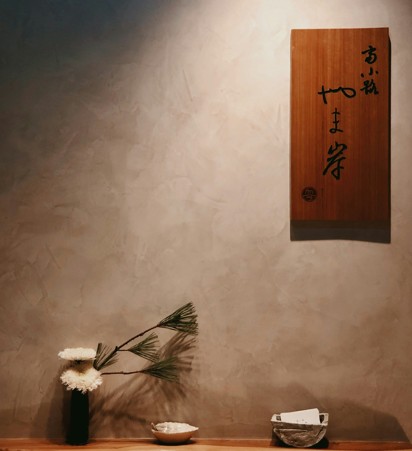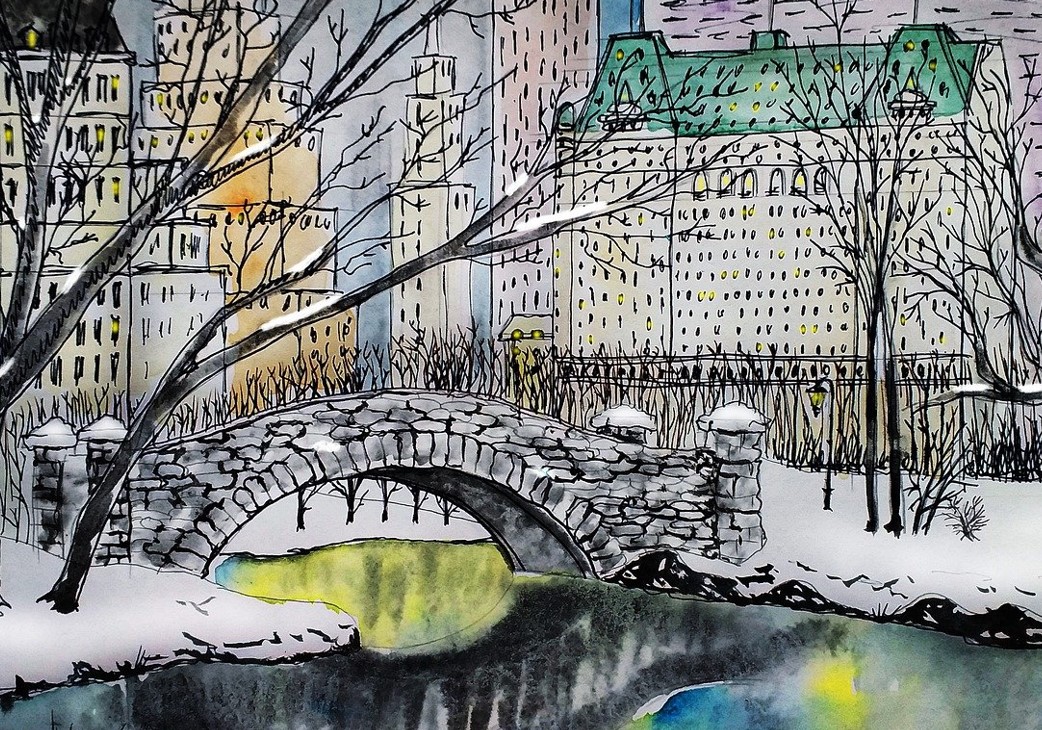
Shosai (書斎) – The Beauty of a Room Apart

In an era of always-on lifestyles, ever-open floor plans, and digital saturation, a quiet room with a door is starting to feel like the ultimate luxury. Enter Shosai (書斎)—a traditional Japanese room concept that’s seeing a revival in modern real estate and interior design.
Often translated as “study” or “home office,” shosai is so much more than a workspace. It’s a space that invites solitude, intention, and calm. And as the world slowly recovers from the disorientation of the pandemic years, shosai offers a blueprint for a more grounded, elegant kind of domestic living.
What Is Shosai?
In traditional Japanese homes, a shosai is a small, enclosed study — typically reserved for reading, writing, quiet hobbies, or focused work. It’s not about multitasking. It’s about presence.
As Apartment Therapy recently reported, demand for shosai spaces is growing in Japan’s urban housing market. While the pandemic accelerated this trend, the deeper appeal lies in the concept itself: a quiet retreat inside the home that fosters clarity, productivity, and personal space.
Real estate experts in Japan have noted that more buyers are actively seeking floor plans with dedicated shosai rooms, especially in high-density cities like Tokyo, where space is at a premium. It reflects a cultural pivot toward compartmentalized, intentional living.
A Different Approach to the Home Office
In the West, we often think of home offices as utilitarian — crammed into the corner of a bedroom or awkwardly squeezed into the kitchen. In contrast, shosai is about harmony and restraint. It’s not just functional; it’s deeply atmospheric.
In a Japan Times interview, interior designer Keiko Kuwakino explained that a shosai is about “restorative quiet,” and how even small homes can benefit from a room or corner that “holds space for reflection.” Think wood-paneled walls, tatami mats, Shoji screens, and minimalism that feel completely soothing.
Why the World’s Paying Attention
Globally, designers are rethinking the open floor plan — a once-beloved layout that had fallen out of favor. According to Dezeen, the post-pandemic shift toward privacy, mental well-being, and acoustic calm has driven a demand for homes that allow you to close the door — both literally and figuratively.
This makes shosai more relevant than ever. The rise of remote work, increased digital fatigue, and renewed interest in slow living all converge in this one, elegant room. It echoes a broader cultural desire for what Japanese design excels at: creating intentional environments where every detail serves a purpose.
Even Scandinavian design is starting to reflect this shift. Brands like Menu, Ferm Living, and Muji embrace similar principles — soft palettes, honest materials, and modular furniture designed to transform small spaces into calming zones of productivity and stillness.
Bringing Shosai Into Your Home
You don’t need to move to Kyoto or buy a new apartment to bring a shosai sensibility into your life. The essence of shosai lies in its intentionality.
Here’s how to infuse your space with that same ethos:
- Carve out a defined space: Whether it’s an entire room or a section of your bedroom, create a zone that’s just for you. Use curtains, screens, or bookshelves to subtly separate it.
- Choose natural textures and timeless materials like wood, linen, or rice paper. They age beautifully and help the room feel grounded and organic.
- Simplify: Remove clutter, strip your desk or reading corner to the essentials, and focus on quality over quantity. Reduce visual clutter and let the room breathe. Remove what isn’t necessary.
- Design for quiet — whether through thick rugs, sound-dampening panels, or even white noise machines.
- Incorporate ritual. A small tray for tea, a favorite chair, or a dedicated writing desk can help train your brain to slow down when you enter the space. Include an object that inspires quiet — like a bonsai, a teacup, or a candle — and use your shosai time as a moment of reset, not just output.
The Luxury of Solitude
Ultimately, the shosai is less about square footage and more about space of mind. It’s a gentle refusal of contemporary noise. A place where you can read a book, write in your journal, or simply sit in silence with a cup of tea.
In a world obsessed with more — more connection, more content, more noise — shosai is a graceful reminder that less, done well, is still the most luxurious design principle of all.



